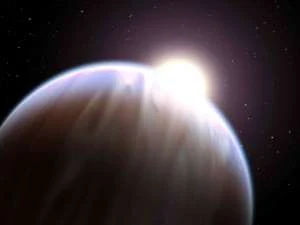Centuries from now, flying to Beirut could land you in a very different destination than the middle eastern city you're probably thinking of. On Tuesday, the International Astronomical Union (IAU) announced the new names of 112 pairs of stars and their exoplanets, including HD 192263 b, a gas giant planet 64 light years away newly renamed after the Lebanese capital.
The IAU coordinated efforts by 112 nations around the world to come up with new names for a star that can be easily seen with the naked eye or a small telescope from that country and a planet known to orbit the star. Hundreds of thousands of proposed names were submitted and a committee in each country came up with a shortlist of names that were then voted on by the public there.Over 4,000 exoplanets have been discovered in the past 30 years, with most simply assigned a catalog identifier more like a telephone number than a memorable name.
Most of the star-planet pairs in this batch are relatively close to Earth, cosmically speaking, but the majority of planets are gas giants and unlikely to be habitable. Nonetheless, the new names will make future star maps of our corner of the Milky Way a bit more colorful.
For example, the star HD 16175 is now named coffee. Or rather, it's named Buna, which is the Ethiopian word for coffee, and the gigantic planet orbiting it is now Abol, which must be pretty energetic with so much caffeine involved -- its name refers to the first three rounds of coffee in a traditional Ethiopian coffee ceremony.





No comments:
Post a Comment